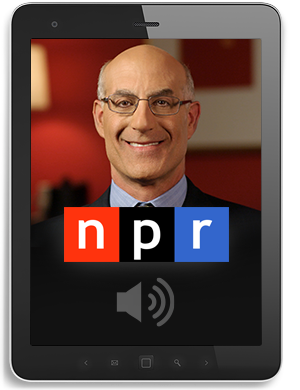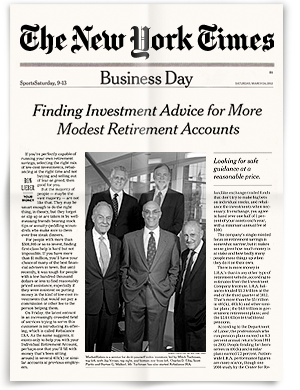
The interesting thing about pricing is that people almost always want to spend as little as possible — unless they think the product is special, different or rare. Then the sky’s the limit. The cost of investment advice is no different.
Consider perfume. It’s one of those products that retailers simply can’t discount. Department stores will give away suitcases of free lipstick as a come-on to buy a specific brand of perfume but never, ever cut the price of the actual product.
Think about it. Who would buy “discount perfume,” right? One shudders at the thought. An expensive perfume denotes class, privilege, even pampering. Lowering the price is retail suicide.
Something similar happens with retirement investing. People have become convinced that price indicates quality, that paying more guarantees a better result. Wall Street plays up this angle, hiding the actual positions of funds from public view and speaking in hushed tones of “proprietary strategies.”
The problem is, most active managers struggle to keep up with broad market indexes. Some do better, of course. But subtract their fees and extremely few are left among the “winners.”
Even those don’t last. Research shows that precious few managers repeat a winning year, often falling into the bottom half of the pack soon after peaking. Of 703 funds recently studied by Standard & Poor’s, less than 5% stayed in the top quartile of investment returns over the last three consecutive 12-month periods, ending in March 2013.
In those same three years, less than 17% of large-cap funds were able to stay in even the top half of performers. Over five years, the number of consistent winners falls to 2.4% for large-cap funds and only a bit better for small- and mid-cap funds.
Exchange-traded funds (ETFs) dispense with empty promises and aim to match the index itself at the lowest possible cost. While active mutual funds charge 1.27% or more, ETFs charge about 0.2% — a small fraction in comparison.
ETFs and the cost of investment advice
ETFs are close cousins of index funds. They operate in much the same way, buying and holding all of the stocks or bonds one finds in a given index.
Both index funds and ETFs take advantage of changes in securities law meant to encourage broad ownership of the market at minimal cost. Since there’s no active manager at the helm to feed with fees, no complex record-keeping and virtually no marketing costs, they can be afford to be cheap.
Cheap, but effective. Research by Dalbar found that retail investors lag the market by a wide margin. Over a 20-year period in which the market returned 7.81% a year, investors intent on beating the market instead made just 3.49% a year — a huge gap in performance.
Incredibly, active stock and bond investors lagged the indexes in every time frame over those decades: 12 months, three years, five years, 10 and 20. They simply never got it right.
In the end, you ask to ask: Do I want expensive and risky or cheap but effective? Spend the money on perfume, we say, and keep your retirement investment costs down instead.





